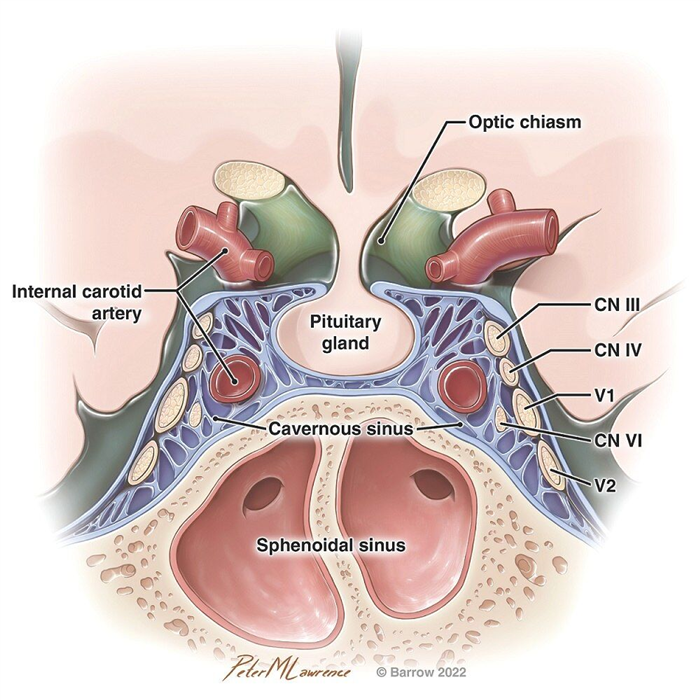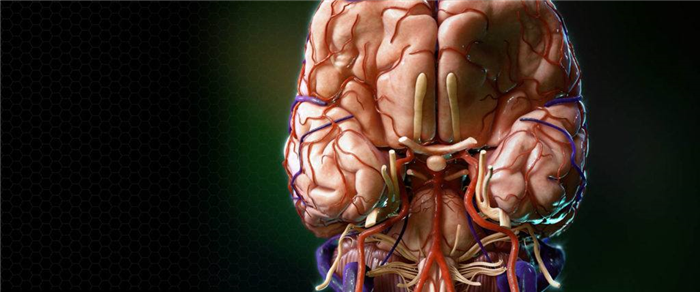Pituitary gland
Location of the Pituitary Gland

The pituitary gland is located at the base of the brain, behind the bridge of the nose. It is about one-half inch (1.25 cm) in diameter. The pituitary gland rests within a hollowed out area of the sphenoid bone called the sella turcica.

Anatomy of the Pituitary Gland
The pituitary has two lobes, the anterior and the posterior lobe. Each of the two lobes of the pituitary gland contains different types of cells and produces different types of hormones.
- Human growth hormone (HGH or GH)
- Thyroid-stimulating hormone (TSH)
- Adrenocorticotrophin hormone (ATCH)
- Follicle-stimulating hormone (FSH)
- luteinizing hormone (LH)
- prolactin
The posterior lobe produces two hormones, vasopressin and oxytocin. These hormones are released when the hypothalamus sends messages to the pituitary gland through nerve cells.
- Vasopressin is also known as antidiuretic hormone (ADH). It acts on the kidney to conserve water and is important in fluid and electrolyte balance.
- Oxytocin stimulates the contraction of the smooth muscles of the uterus, which is important during childbirth. Oxytocin also contracts the smooth muscle of the breast for milk production.